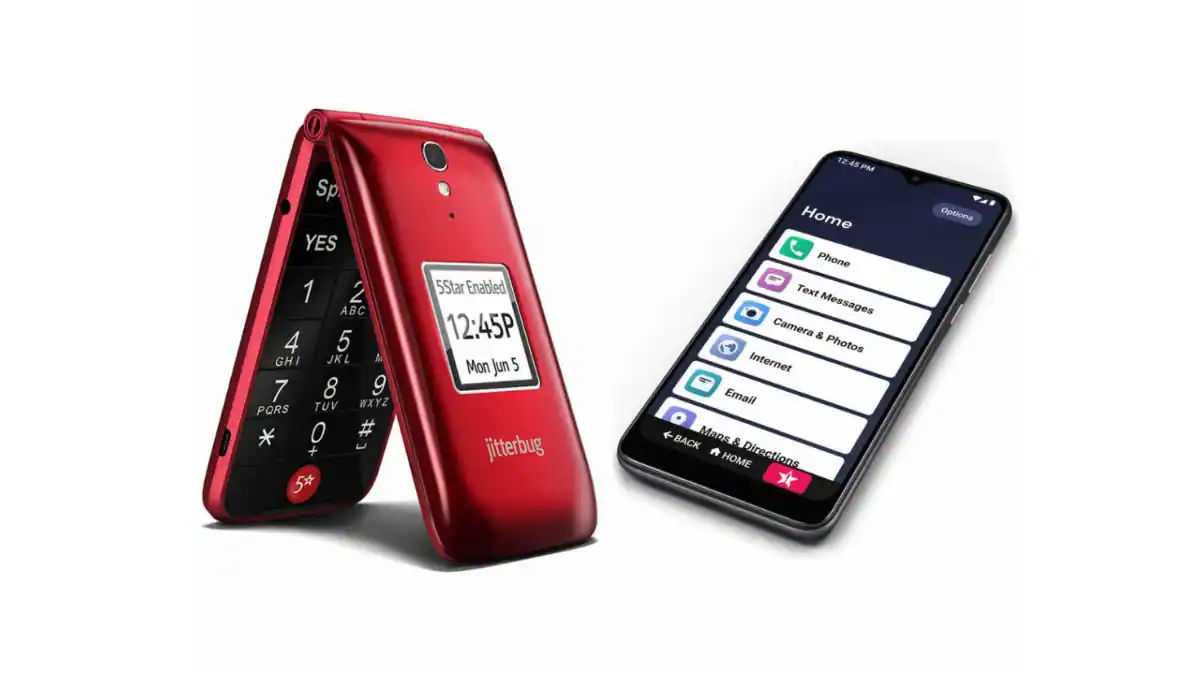The Jitterbug phone is renowned for its simplicity and user-friendly design, making it a popular choice for seniors and individuals seeking an easy-to-use mobile device. However, like any product, the Jitterbug phone also has its drawbacks that potential buyers should be aware of. In this article, we will delve into the downsides of the Jitterbug phone to provide a comprehensive overview before making a purchase decision.
- Limited Features: One of the main drawbacks of the Jitterbug phone is its limited features compared to smartphones. While this simplicity can be a benefit for some users, those looking for advanced functionalities like app support, high-resolution cameras, or multimedia capabilities may find the Jitterbug phone lacking.
- Restricted Customization: The Jitterbug phone is designed for ease of use, which means that customization options are limited. Users who prefer to personalize their phone with custom themes, widgets, or settings may find the Jitterbug phone’s interface to be too restrictive.
- Cost of Service Plans: While the initial cost of the Jitterbug phone itself may be reasonable, the monthly service plans can be relatively expensive compared to standard cell phone plans. Users should consider the ongoing costs of service when purchasing a Jitterbug phone.
- Network Coverage: The Jitterbug phone operates on a specific network, which may not have the same coverage or reliability as larger carriers. Users living in rural or remote areas should verify the network coverage in their area before investing in a Jitterbug phone.
- Limited Options for Tech-Savvy Users: Individuals who are tech-savvy and enjoy exploring the latest technological advancements may find the Jitterbug phone too basic for their needs. The lack of advanced features and customization options may not cater to this demographic.
- Battery Life: Some users have reported that the battery life of the Jitterbug phone may not be as long-lasting as desired. Depending on usage patterns, users may find themselves needing to charge the phone more frequently than expected.
While the Jitterbug phone offers simplicity and ease of use, it’s essential for potential buyers to consider these downsides before making a purchase. By understanding the limitations of the Jitterbug phone, users can make an informed decision based on their individual preferences and requirements.
Is the Jitterbug a good phone for seniors?
The Jitterbug phone has garnered a reputation as a popular choice for seniors due to its user-friendly design and simplified features. In this article, we will delve into whether the Jitterbug phone is indeed a good option for seniors, highlighting its benefits and considerations for older users.
Benefits of the Jitterbug Phone for Seniors:
- Simplified Design: The Jitterbug phone features a straightforward design with large buttons, easy-to-read text, and intuitive navigation, making it accessible for seniors who may have dexterity or vision issues.
- Emergency Features: Jitterbug phones come equipped with emergency buttons that allow users to quickly contact help in case of emergencies. This feature provides peace of mind for seniors and their caregivers.
- No-Contract Plans: GreatCall, the company behind Jitterbug phones, offers no-contract service plans tailored for seniors, providing flexibility and affordability without the commitment of a long-term contract.
- Health and Safety Apps: Some Jitterbug phone models include health and safety apps that can help seniors manage their medications, track their health metrics, and connect with medical professionals easily.
- Personalized Customer Support: GreatCall offers personalized customer support for Jitterbug phone users, providing assistance with setup, troubleshooting, and any questions seniors may have about their devices.
Considerations for Seniors Considering the Jitterbug Phone:
- Limited Features: While the simplicity of the Jitterbug phone is a benefit for many seniors, those who desire advanced features like app support, high-quality cameras, or multimedia capabilities may find the phone lacking in this regard.
- Monthly Service Costs: Seniors should consider the monthly service costs associated with using a Jitterbug phone, as the plans are tailored for specific needs and may be priced differently compared to standard cell phone plans.
- Network Coverage: Before purchasing a Jitterbug phone, seniors should verify the network coverage in their area to ensure that they will have reliable service, especially if they live in rural or remote locations.
In conclusion, the Jitterbug phone can be a good choice for seniors looking for a simple, easy-to-use mobile device with essential features tailored to their needs. By weighing the benefits and considerations outlined in this article, seniors can determine whether the Jitterbug phone aligns with their preferences and requirements for a mobile phone.

